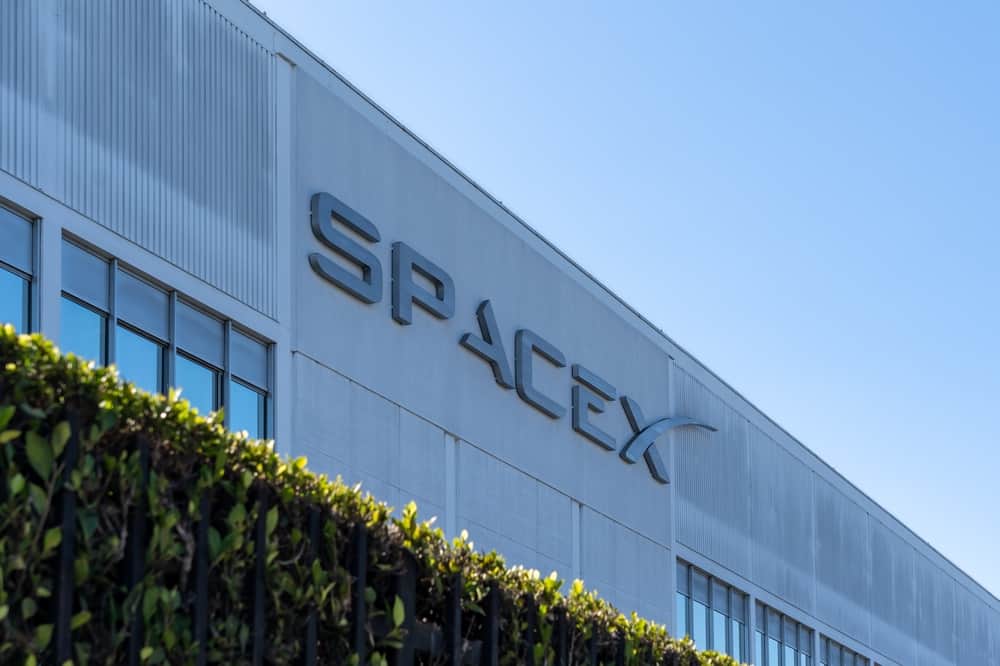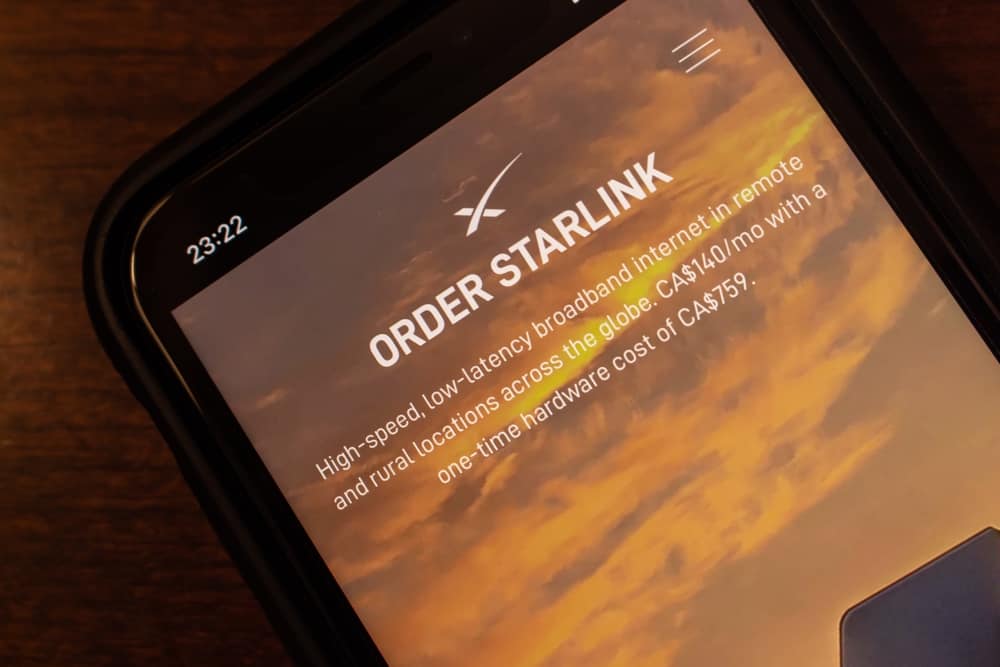What Starlink’s New Gen2 Satellites Will Change for Internet Competition

According to an interview with Elon Musk in early 2022, Starlink Internet Gen2’s data throughput would be significantly greater than the first generation. These new Starship heavy-lift rockets will help launch the Gen2 satellites, with the SpaceX Falcon rockets chosen to get Gen2 satellites off the ground. However, the progress of the launch has been hampered by engineering and regulatory delays.
In December 2022, the Federal Communications Commission (FCC) authorized SpaceX to launch 7,500 Gen2 satellites. The application was for 29,988 satellites; however, only 7,500 got approved. At the very end of 2022, SpaceX launched 54 Gen2 satellites.
NASA confirmed that the satellites launched were the same size and mass as previously launched SpaceX Gen1 satellites. Eric Ralph, a senior spaceflight reporter, has termed the satellites as “suspiciously similar” to Gen1 versions, which are about one-fifth of the weight of Gen2 versions.
According to Tim Farrar, technology consultant at TMF Associates, SpaceX wants to gain a competitive advantage over potential rival Amazon’s Project Kuiper by being the first to launch Gen2 satellites and gain a band-splitting advantage. Based on FCC rules, SpaceX and Kuiper can agree to spectrum-sharing, but if they don’t agree, the first to launch the satellite gets to choose which portion of the spectrum it wants to use.
Another motivation for SpaceX to be the first to launch Gen2 satellites is that it provides a technical advantage involving the inclination of the satellites. It will help ease congestion in high-demand regions like the U.S.
There’s a lot at stake for who gets to be the first to launch Gen2 satellites. This race has set the stage to change internet competition.

Along with the stiff competition, Starlink also has to contend with Canada’s Telesat, which has 188 satellites but faces manufacturing delays, and the U.K.’s OneWeb, which has 542 high-altitude satellites as of this writing. Starlink has already brought satellite internet to many communities that don’t have broadband access, and as demand continues to grow, the competition will only get tougher.
The Starlink Gen2 satellites will not replace the current fleet but are designed to complement the first-gen constellation. China is becoming increasingly concerned about the progress of Starlink Gen2 satellites, as they will provide high-speed data transmission to U.S. military drones and fighter jets. NASA has also raised concerns in a letter to the FCC that the Gen2 satellites will increase network interference and potentially have a negative impact on NASA spaceflight missions.
One of the significant impacts of Gen2 satellites on the internet industry is that the need for ground infrastructure may decrease as more coverage is offered by satellite internet. Starlink already provides coverage in over 45 countries. Competitors, including Viasat and Hughesnet, have noticed Starlink’s progression. They have resorted to regulatory jousting to slow down Starlink’s progress.